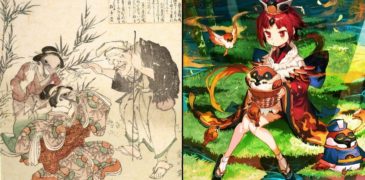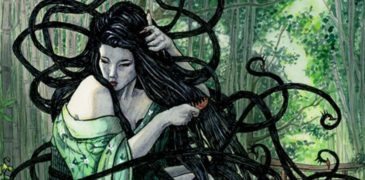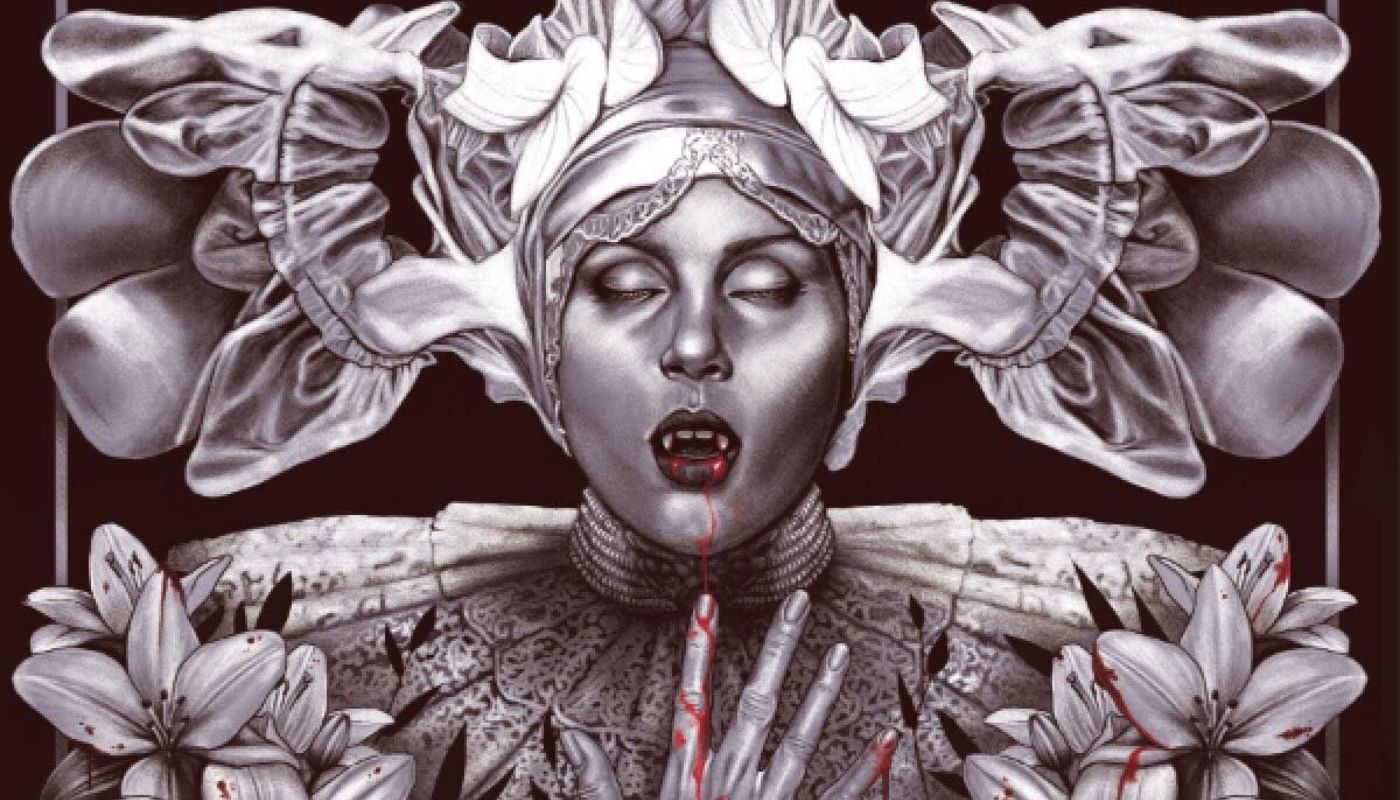
Stalking the night, with the pallor of a corpse, thirsting for the blood of humans, living amongst the plague-ridden vermin and predatory beasts. Throughout the centuries, they have gone by many names — Galli, Empusa, Alukah, Estries — but we know them most commonly today as Vampires. Since the early days of civilization, the specter of these fiends has left mortals shivering in our beds, clutching protective amulets to our breasts, and hanging talismans above our doors in terror.
Unless, of course, you’re into it.
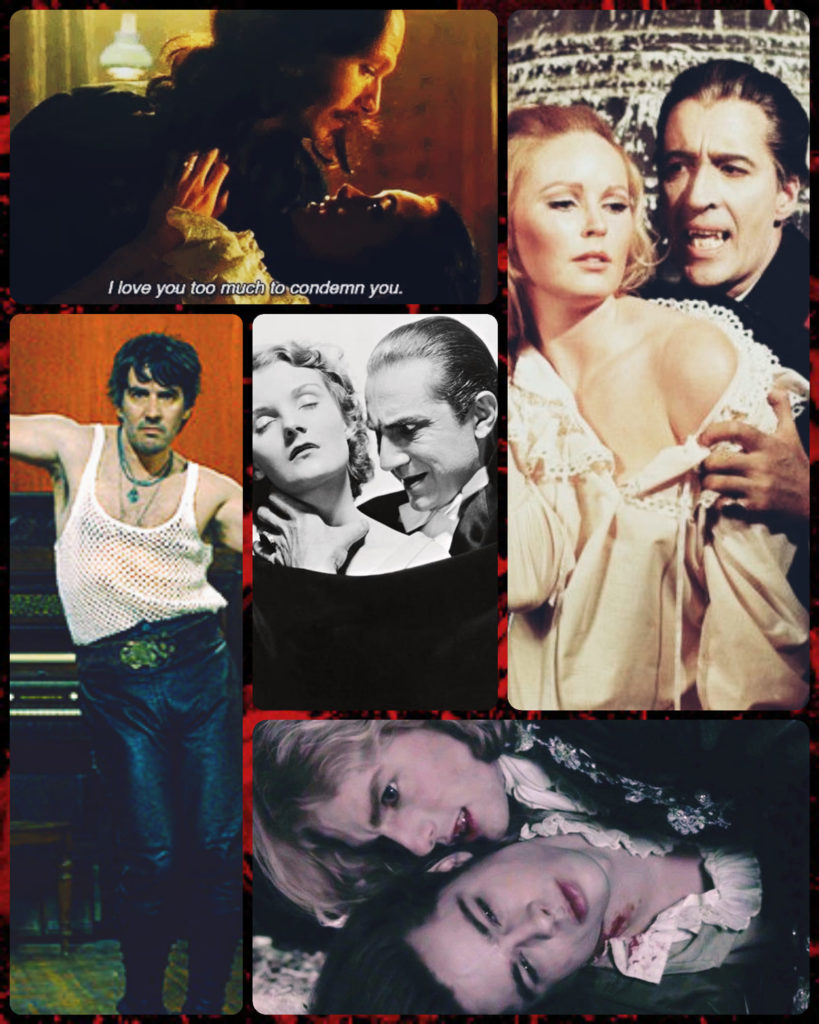
Nowadays, Vampires have accumulated quite the fanbase of swooning admirers, who’d like nothing more than to get sucked dry by a sleek, well-groomed, and fashionable creature of the night. From the Count himself to Lestat de Lioncourt , Angelus to Selene, from noblemen to punk rockers, dandies to assassins, how has it come to this? My name is Eden, and it’s time we asked the vital question: Is that a stake in your pocket, or are you just happy to see me?
While the vampire of folklore was something to be feared, the 19th century did wonders for their P.R. image. Novels such as The Vampyre by John Polidori, Carmilla by Sheridan Le Fanu, and most famously Dracula by Bram Stoker, portrayed vampires as seductive aristocrats with a thirst for blood and an appetite for physical pleasure. They use their personae of suave individuals of high class and culture to deflect suspicion and put their victims at ease before preying upon them.
These writings being penned during or shortly after the Romantic movement ostensibly had an effect on the portrayal of their respective vampires, opting for a less grim presentation and favoring a something more fanciful and alluring. When Bela Lugosi took the role of Count Dracula over three decades later, his own undeniable charm was evident, and solidified vampires as beings both frightening and entrancing. Later, Anne Rice’s Vampire Chronicles leaned heavily into the romantic image of the vampire, with characters such as the Brat Prince Lestat de Lioncourt, Louis de Pointe du Lac, and Marius de Romanus, eternally beautiful creatures whose sex appeal was matched only by their brooding dispositions. Consequent media such as the film The Lost Boys, Poppy Z. Brite’s erotic gothic novella Lost Souls, and the television series Buffy the Vampire Slayer would give vampires the brooding-but-dangerous rocker edge with their characters like David Powers, Nothing, and Spike (respectively).
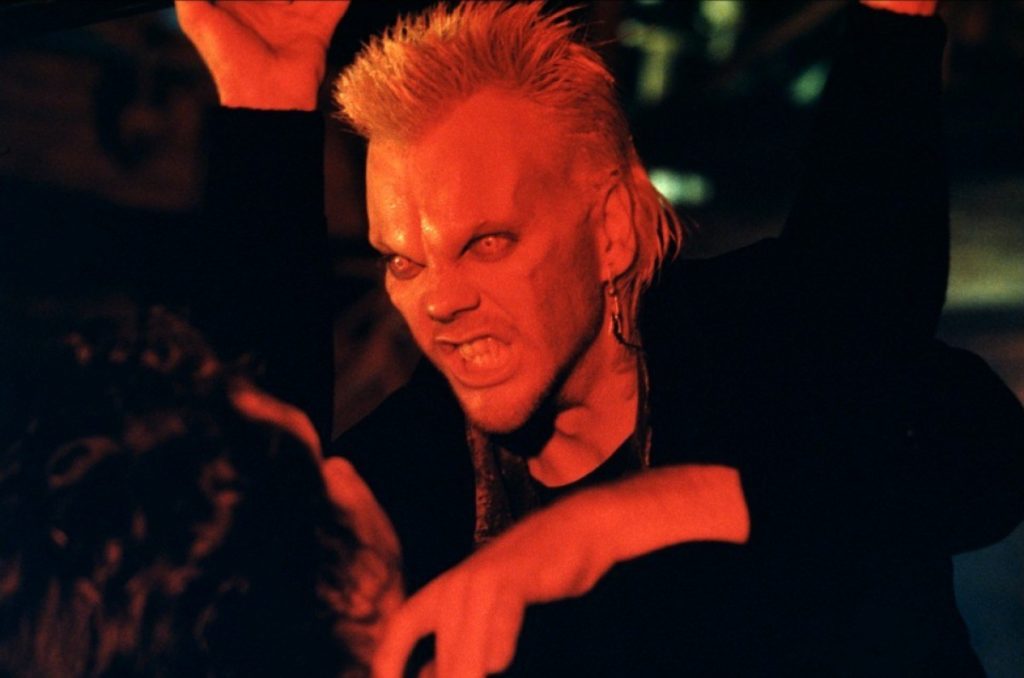
We could go on and on with examples of sexy vampires until you need a change of underwear, but none of it really explains why vampires got rebooted as dreamboats over other legendary bogeymen like werewolves, Springheel Jack, or drop bears. What made these particular villains so deserving of idolization? The answer may lie in the sexiest place of all: Psychology.
As immortal beings, one could see vampires as an excellent plot device to tell a tale of undying love. In the film Bram Stoker’s Dracula, Gary Oldman croons to the reincarnation of his soulmate how he has “crossed oceans of time” to find her. Hell, the man cursed his God and performed a blood ritual to become a demon when he heard of his wife’s untimely death. If that isn’t commitment, I don’t know what is. All this spiel of destined lovers and intertwined souls aside, though, the vampire’s mix of danger and allure makes them ideal for another type of romance: Toxic. The way a mortal is irrevocably drawn towards these bloodsuckers who will inevitably kill them is a dead ringer for abusive relationships in the real world.
For an example, look no further than Stephenie Meyer’s Twilight saga. And now let’s never speak of it again. Apart from the symbolic, there are numerous overt factors linking these creatures with sexuality: The bite is a form of penetration, intimate like a kiss on the nape of the neck, and, of course, there’s the sucking. Some authors have taken the vampire’s feeding to an extra level of closeness, as Anne Rice and Vivian Vande Velde write that a vampire sees the memories of their victims as they drain them, and for a victim to become a vampire themselves, they must in turn drink the vampire’s blood, swapping fluids back and forth.
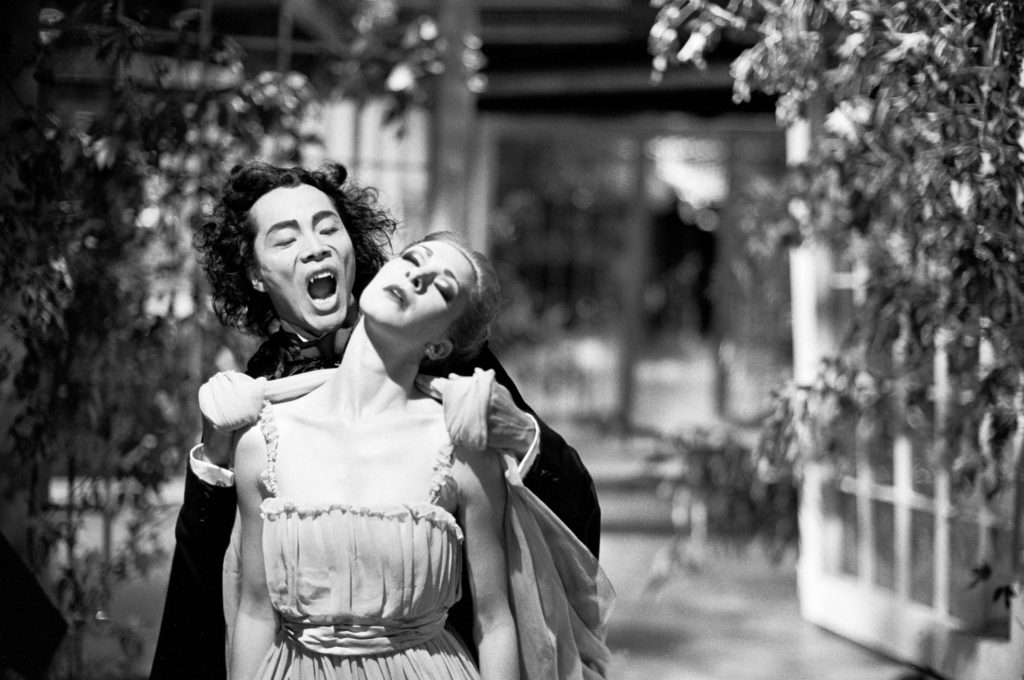
Sounds like a kinky good time. And, of course, as mortal beings with the shadow of death looming ever closer, what is more seductive to us than the promise of eternal youth? To never lose our ideal form, and prowl the forbidden realm of night as an apex predator with little to fear? Forever young, strong, and formidable.
Yes, these legends of folklore and fiction have come quite a ways from the time when people would deck their halls in garlic and carry horseshoes around with them to keep such fiends at bay. Now, they are less likely to slip in the window and steal your baby than to write you an angsty poem about their heart being effulgent or some such. Have these former scourges of the night been defanged for good? Should there be a renaissance to return these creatures to their former, dreadful glory? Or are you content with the way vampires are portrayed now? And which vampire would you like to have a roll in the graveyard with? Comment below, and don’t forget to collect lots of insects to offer to your undead dreamboat.
More Urban Legends:
Head Count (2021) Folklore Examination: A Representation of the Uncanny
Set amidst the beautifully desolate scenery of the Joshua Tree desert, Head Count is a suspenseful slow burn that delves into folklore and urban legends through a threatening presence…
Japanese Folklore of Fate/Grand Order: The Tongue-Cut Sparrow
You may already be aware of the hit mobile game Fate/Grand Order, which has a really fun mix of anime, historical figures, folklore, waifus and even some sci-fi elements! Right…
The Great Yokai War – Guardians (2021) Film Review – Miike Returns to the Beloved Series
There’s a funny kind of serendipity when you’re a fan commentator on popular entertainment, where you can sometimes just barely miss a critical piece of information that hits a smidge…
The Street Monster Harionago: The Frightening Female Ghoul
Harionago (針女子) also known as Harionna ( 針女) is a very dangerous yōkai that wanders darkened streets, alleyways, and roads at night, looking for unsuspecting victims to attack. It is…
Eden is a Soong-type android learning to pass as human through studies of pop culture, humor, and dark fantasy. Perhaps one day she will learn to love and pronounce “hyoo-mahn” correctly. She was written analyses of music, video games, comics, and film. You can find her other writings on Vocal and WordPress.

